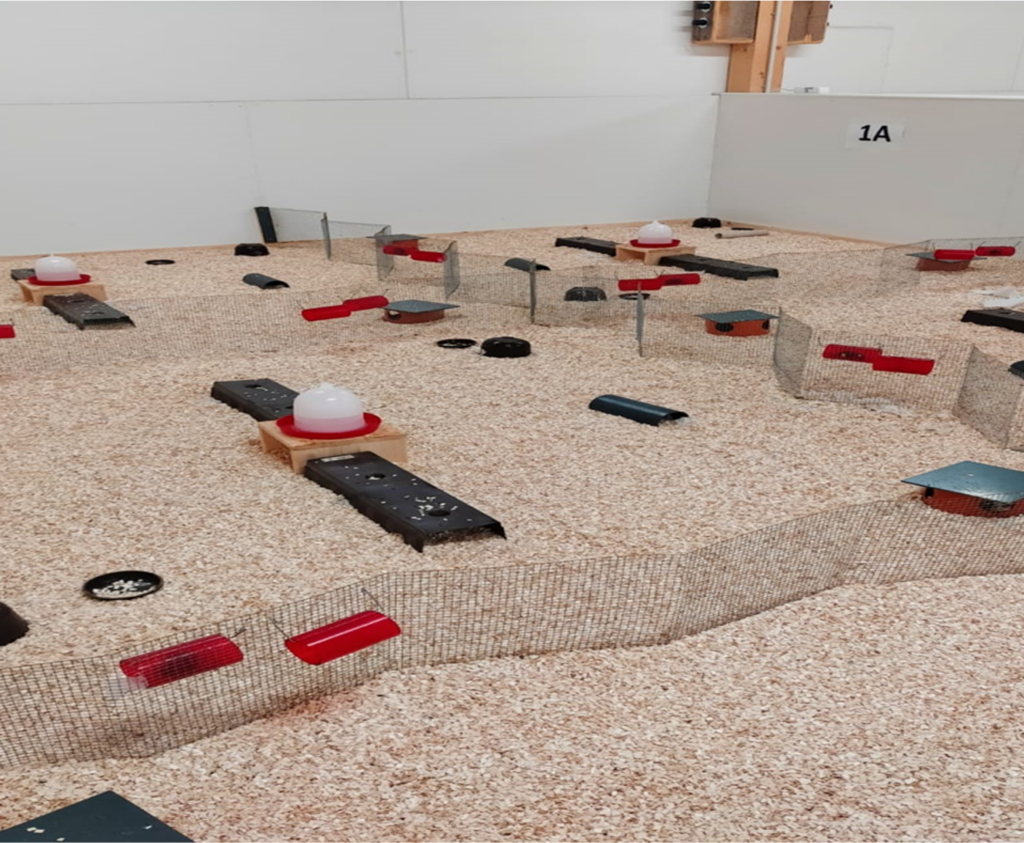Subject Animal : Wild-derived house mice (Mus musculus musculus)
For this research, two enclosures were used, each housing a group of mice. Each enclosure contained 6 females and 6 males, totaling 12 mice. The female group consisted of 3 pairs of sisters, allowing for the examination of mate preferences within familial relationships. The females were divided into two subgroups:

- Paternally Exposed Females: These were 3 females reared with their father during early life, providing exposure to their paternal figure.
- Paternally Unexposed Females: These were 3 females without exposure to their father during early life.
The male group included:
- Females’ father, brother and remaining males were unrelated to the females.
By setting up these groups, we aimed to examine the influence of familial relationships and paternal exposure on mate preferences among female mice.
EXPERIMENTAL PROCEDURE:
Experimental procedure consisted of 3 phases:
- Behavioral analyses
- Genetic analyses
- Statistical analyses

Behavioral analyses: During an observation period spanning nearly 3 months, behavioral analyses were conducted to understand the mating behaviors of the mice. Observations took place 3 to 5 days per week in a red light environment during the dark phase of the light/dark cycle to minimize disruption. Binoculars were used to monitor interactions and mate preferences, while an ethogram guided data collection. Dominance was determined using a dominance index, and offspring were regularly monitored and removed for paternity analysis.

Genetic analyses: In genetic analysis, I began by extracting DNA from tissue samples. Then, I focused on microsatellites, which are unique DNA sequences acting as individual fingerprints. Using multiplex PCR, I amplified multiple markers simultaneously, like conducting a molecular orchestra. Next, I analyzed the amplified DNA fragments through ABI fragment analysis. With the help of software like Gene marker and Cervus, I interpreted the data to accurately identify parents. This process provides valuable insights into parentage and genetic relationships.
Statistical analyses: Finally, I conducted statistical analysis to interpret the findings.